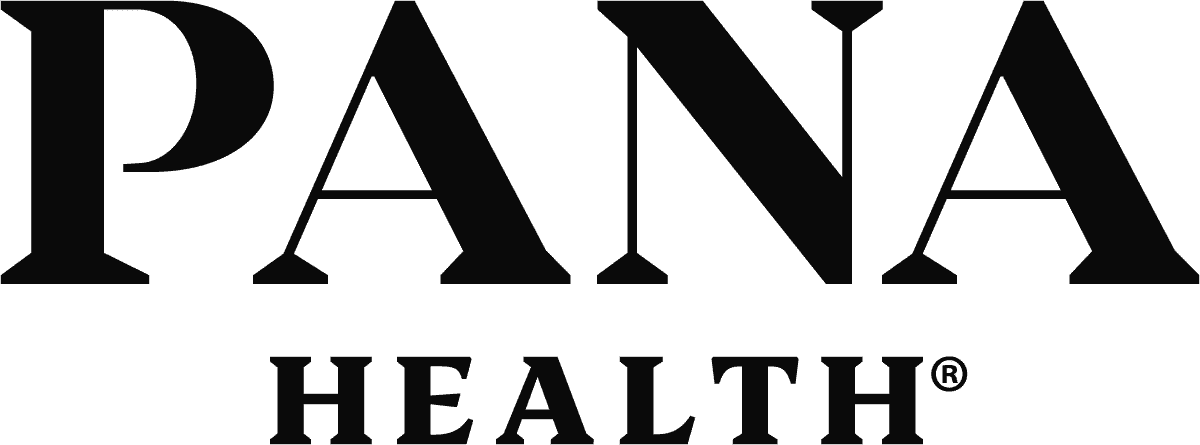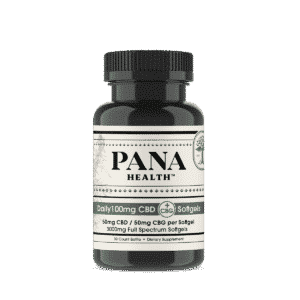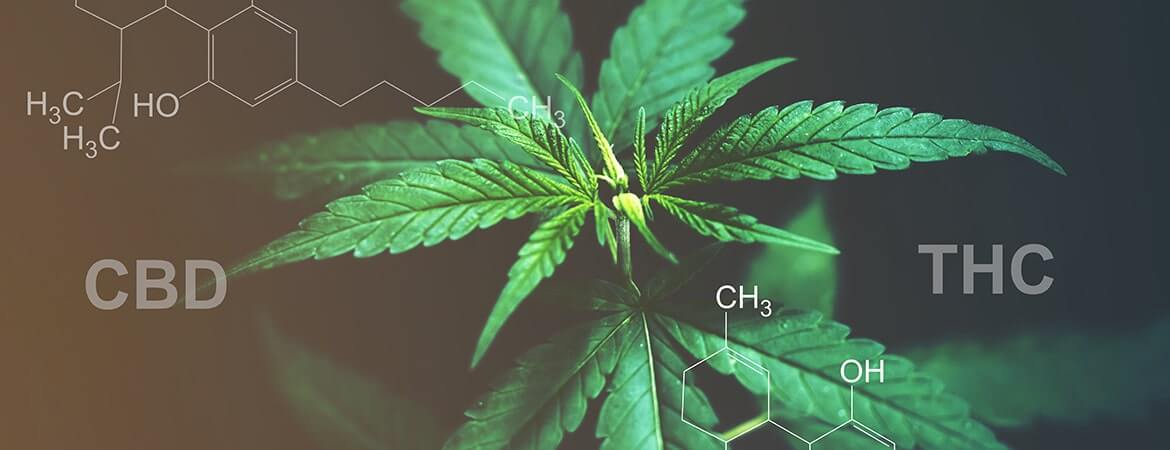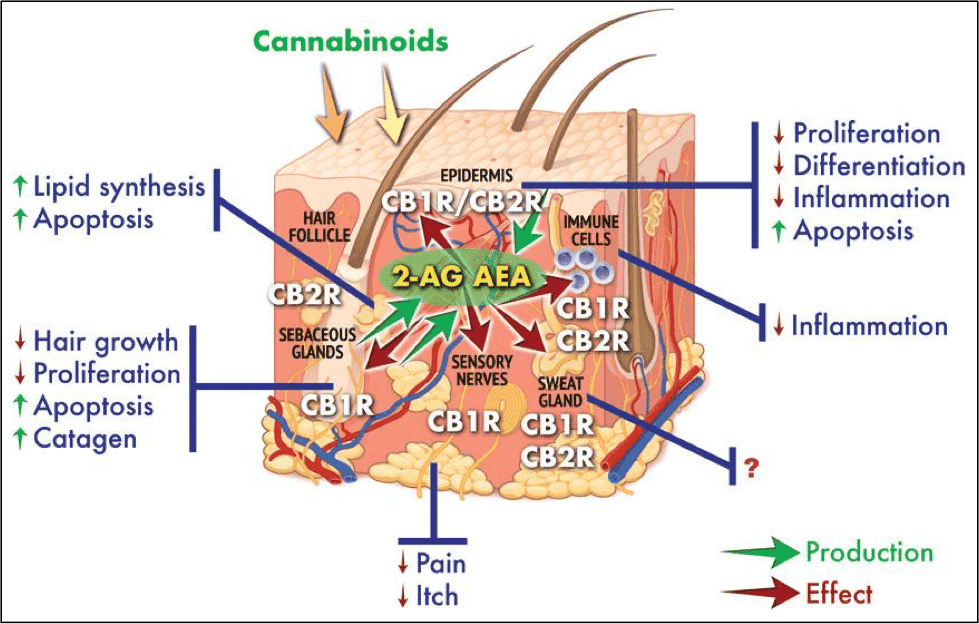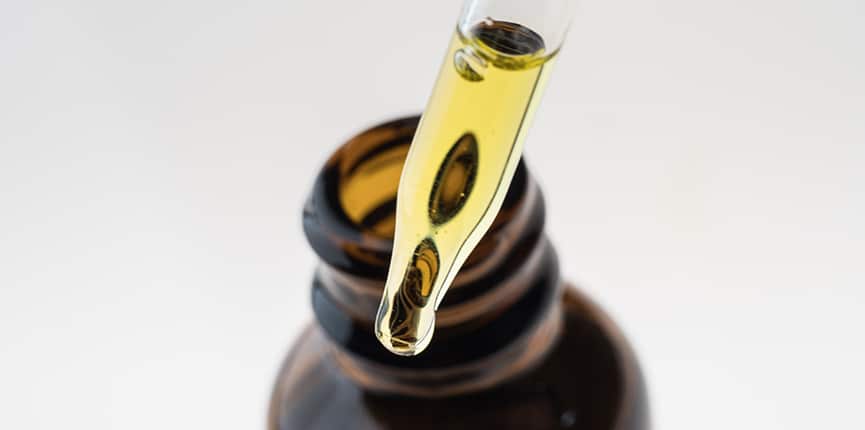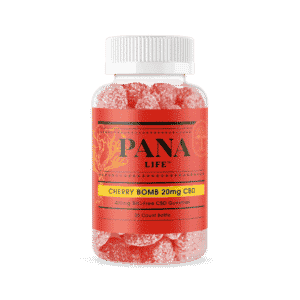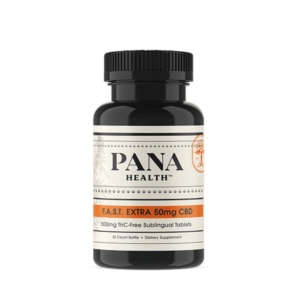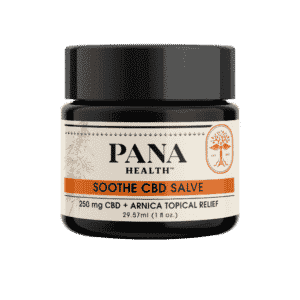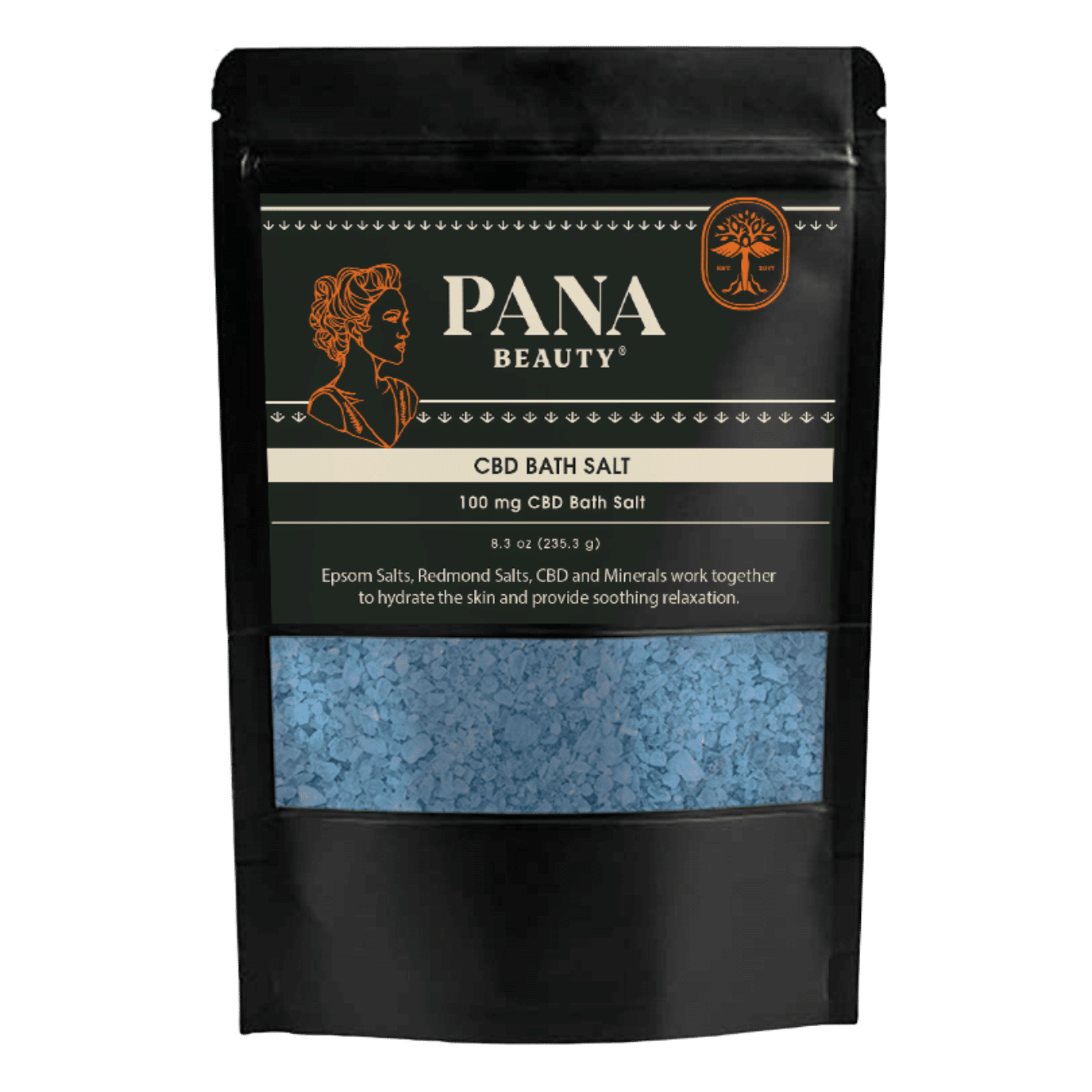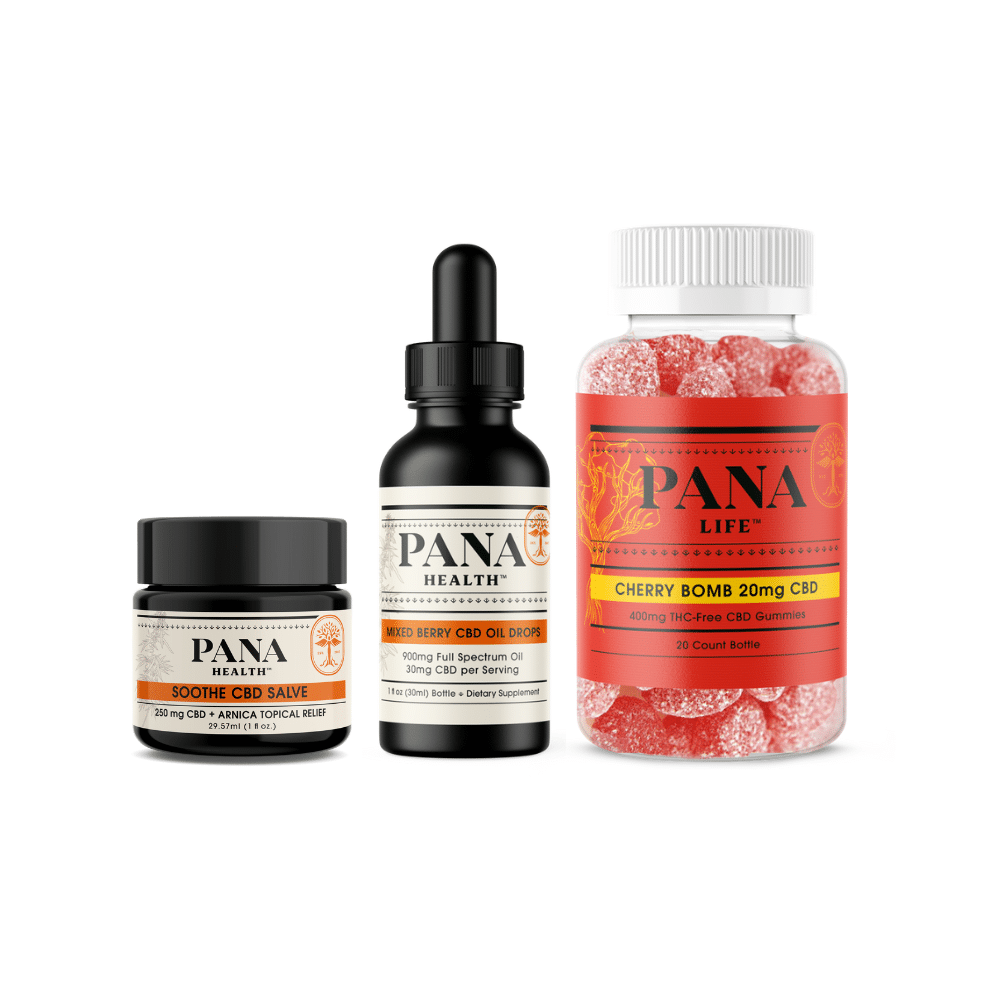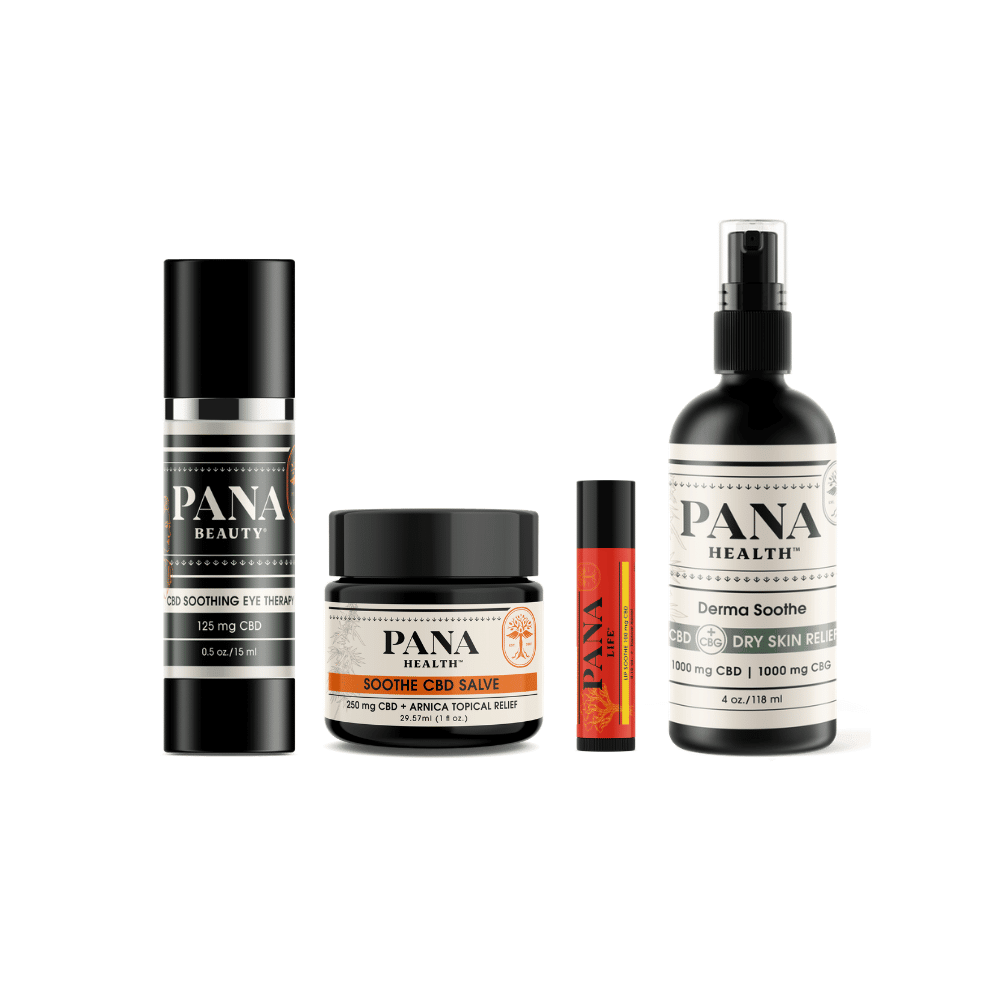Cannabidiol (CBD) is finally starting to get the recognition it deserves in the mainstream. This is great news for a lot of people as CBD has so much to offer. However, there are still many things about CBD that people just do not understand. One of those things is what CBD isolate is and what it can do.
CBD basics
The best way to start to understand CBD isolate and what it may do for you, is to first understand what CBD is.
There are over 113 chemical compounds known as cannabinoids are found in Cannabis plants like hemp or marijuana. One of these cannabinoids in CBD. The most famous cannabinoid that you may know of is tetrahydrocannabinol (THC). This particular cannabinoid is well-known because of the effect it has on people. THC is the cannabinoid that creates the psychoactive high that most people associate with Cannabis.
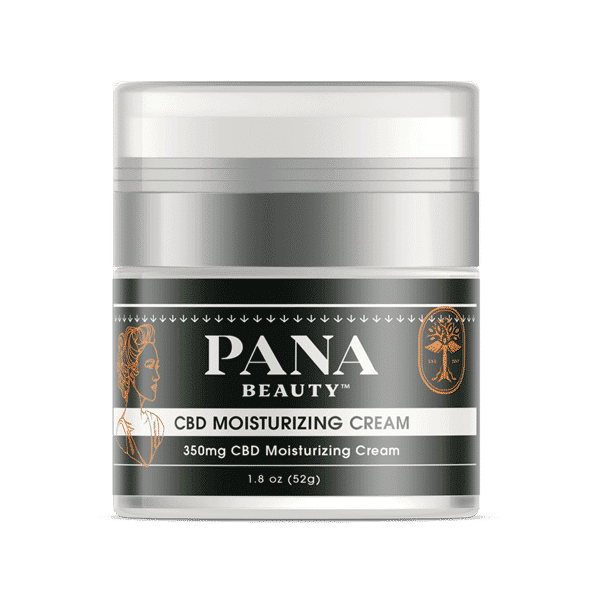
The association of CBD with THC means that many believe that CBD also creates a high. This is not true. CBD has no psychoactive effects. It does help create a sense of calm in the user. However, unlike THC, it does not seem to have any adverse effect on cognitive functions.
Is CBD isolate even legal?
With cannabis laws being so varied from state to state, this is a completely reasonable question and cause for concern. In December of 2018, the United States legislature did what they are supposed to do every five years, they passed a revised version of the Farm Bill. This bill effects a number of things, but most predominantly agricultural and food programs. In 2018, they included something new into the bill. They added an amendment that made growing and selling industrial hemp and hemp-derived products legal. If hemp is legal, what does that mean for CBD?
First, you should understand the difference between hemp and marijuana. Hemp is defined as Cannabis with less than 0.3% THC content. Marijuana, on the other hand, can have much more THC. While hemp is naturally low in THC, it is also naturally high in CBD. Making hemp legal also made hemp products legal. This means that hemp-derived CBD with less than 0.3% THC is legal across the country.
Marijuana-derived CBD may be a different story. That all depends on your state’s Cannabis laws, as marijuana is still federally illegal.
Kinds of CBD extract
There are three kinds of CBD extract. CBD isolate is one of them and we will define exactly what it is, but it is good to understand the others as well. The other two are called full-spectrum and broad-spectrum. The names of these CBD extracts refer to what else in the extract as well as CBD.
Full-spectrum is the best to start with. It is CBD along with everything else that may come with it. This includes cannabinoids like cannabigerol (CBG) and terpenes. Probably the most important cannabinoid to be found in full-spectrum CBD products is THC. Its presence is what separates full-spectrum from the rest of the extracts. This does not mean, however, that a full-spectrum CBD product will get you high. As detailed above, CBD products are legally not allowed to have more than 0.3% THC content. That is not enough THC to get most people high.
Broad-spectrum is similar to full-spectrum, but still distinct. While it does have a majority of the cannabinoids that get extracted from the Cannabis plant along with CBD, it does not have any THC. You may be wondering why people even want full-spectrum or broad-spectrum. Afterall, if you are looking for a CBD product, why not go with something that is just CBD, nothing else? The draw of these two extracts is a potential reaction known as the “entourage effect.” This is when compounds use each other’s presence to create a stronger feeling (we have an article that goes into more detail about the entourage effect here). In theory, this means that the effects of a full-spectrum or a broad-spectrum CBD product may be stronger than one made with CBD isolate. But that doesn’t mean that CBD isolate is not worth it.
It is probably pretty obvious what CBD isolate is, but let’s go over it anyway. This is a kind of CBD extract that is only CBD. There are no other cannabinoids or other components from the plant in the extract. Only CBD. But with the entourage effect, why would anyone want CBD isolate? There are a lot of reasons.
CBD isolate’s uses
Research on CBD is something that is still rather preliminary, but it is providing many interesting results and giving people many reasons to use CBD. Some of this research has looked into how CBD can aid in creating a greater sense of peace, other research has looked into CBD’s anti-inflammatory properties. There are so many studies looking at the potential benefits of CBD, so let’s take a look at a few.
Because CBD often gives the user a feeling of calm, many studies have looked at how it can affect anxiety. One study done in 2011 gave CBD to people with social anxiety before they had to participate in public speaking. They found that the CBD greatly helped the participants settle their nerves and go through with the activity.
Much research has been conducted on how CBD interacts with inflammation. One particularly interesting study looked at how CBD helped with the inflammation associated with a lung injury. The CBD had a very noticeable impact on the inflammation, helping reduce it. This is very exciting as lung injuries can be detrimental.
Many studies, like this one, have looked at CBD and epilepsy. Most (if not all) of these studies have found that CBD may have a promising effect on epilepsy. In fact, Epidiolex is a pure CBD-based medication approved by the Food and Drug Administration (FDA) to treat severe forms of epilepsy.
Another study (among many similar to it) was aimed at understanding what effect CBD has on acne. This study found that not only did CBD appear to act as an anti-inflammatory against acne-caused inflammation, but it also reduced sebum production. Sebum is the oil that skin produces that can help protect the skin, but too much of it can cause acne.
As stated before, there are many reasons why people take CBD. Now, let’s look at how much you should take.
Figuring out how much to take
This is where things get a little vague. Unfortunately, there is no exact science that tells you how much CBD to take. There is not a chart that you can look at that is based on something like height and weight. This is because everyone reacts to CBD a little bit differently. Two people who seem very much alike may require different amounts of CBD to achieve the same effect.
This means that if you start taking CBD, you will have to experiment a little. The best way to go about that is to take it slow and begin with low doses. Start your servings small and see how it makes you feel. If you feel like you can or should add more, then do. It will take time, so be patient. As suggested above, if you are taking CBD isolate instead of any other kind of CBD you may have to take more to get the desired effect.
How you take the CBD may make a difference as well. Some forms of CBD product take longer to kick in than others, which may make you think that you need more when you do not. CBD oils and tinctures can be the fastest, if you are placing drops under your tongue. This is because they will absorb directly into the bloodstream that way. However, if the oils or tinctures are mixed in with food, they are likely to take longer. They will need to digest in your stomach before they can get started. The same goes for CBD edibles like gummies. CBD creams and topicals are likely to work fairly quickly. However, these effects are going to be more localized. You cannot put CBD cream on your arm and feel it everywhere else.
If you are on any medications, be sure to consult with a healthcare professional before you start taking CBD. There are some medications that may not mix well with the cannabinoid. So, it is best to talk to someone to be sure to cover your bases.
Other than the potential of being a poor mix with some medication, there are no serious side effects associated with CBD. There are some side effects, though. They normally include fatigue and mild nausea. The best way to avoid these is by following the same advice that we have for figuring out how much to take; keep your servings as small as possible. If you start feeling these side effects, stop taking the CBD until they pass.
Source:
https://pubmed.ncbi.nlm.nih.gov/21307846/
https://pubmed.ncbi.nlm.nih.gov/22265864/


